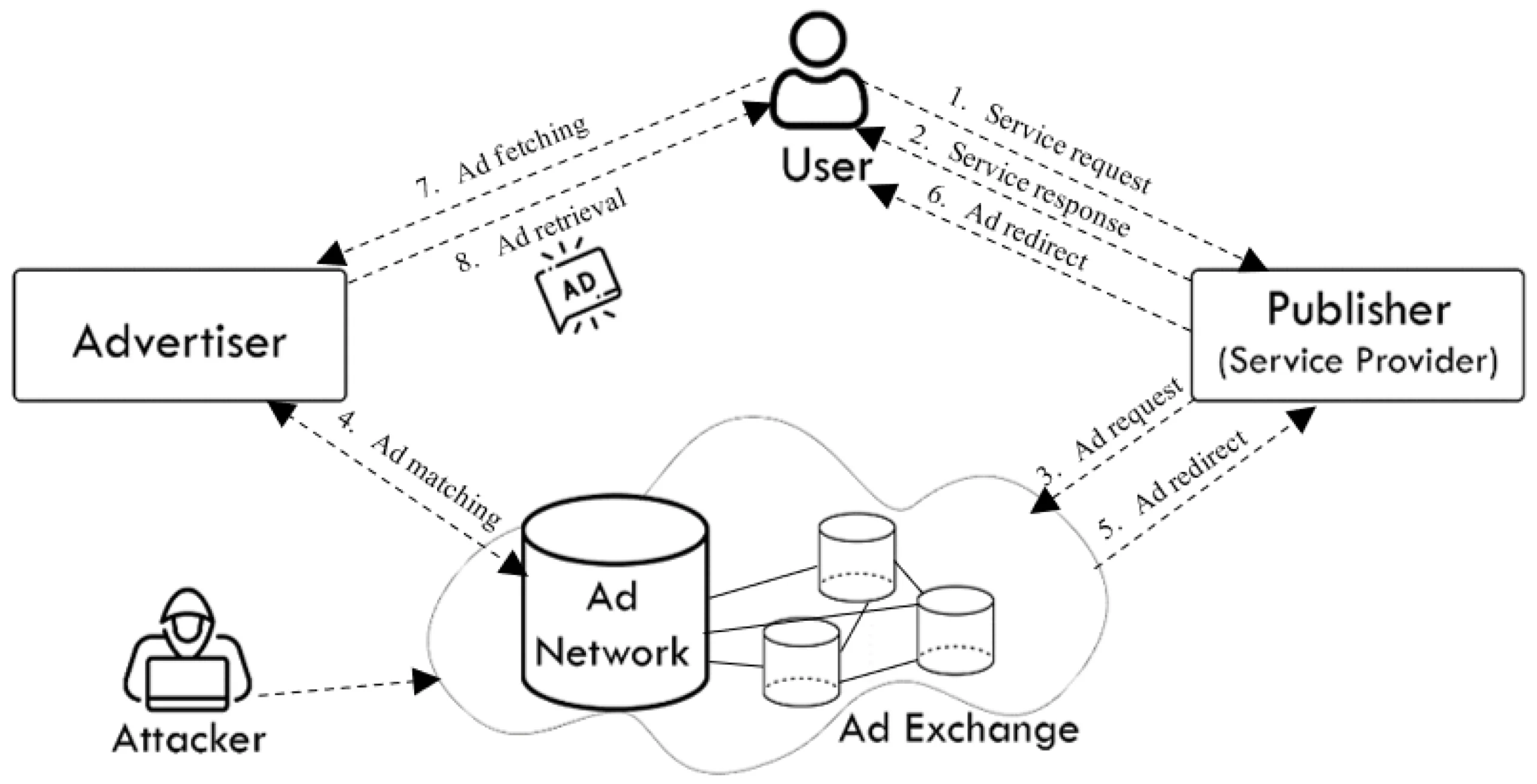Google Ads is an online advertising platform advertisers use to reach their target audiences. As effective as Google Ads can be in helping businesses grow, there is a potential risk of encountering ad fraud. Ad fraud is an illegal practice of manipulating Google Ads to generate revenue for the fraudster. It is a growing problem, with businesses losing billions of dollars yearly due to ad fraud. As such, businesses need to understand what Google Ad Fraud is and how to detect it.
Overview of Google Ad Fraud Detection
Google works hard to combat ad fraud, with Google Ad click Fraud Detection system being one of the most advanced in the industry. Google works hard to detect and block suspicious activities that can potentially defraud advertisers. The system is designed to detect fraudulent activities and take corrective action to protect businesses from losing money. Google also works with third-party vendors to detect and prevent fraudulent activities.
Types of Google Ad Fraud
There are three main types of ad fraud: click, impression, and conversion.
- Click Fraud: Click fraud occurs when a user clicks on an ad without interest in the advertised product or service. This type of fraud is usually done by bots or scripts that automatically click on ads without visiting the website.
- Conversion Fraud: Conversion fraud occurs when a user clicks on an ad but does not convert into a paying customer. This type of fraud is usually done by bots or scripts that click on ads and complete the purchase process without ever making a purchase.
- Impression Fraud: Impression fraud occurs when an ad is viewed without being clicked. This type of fraud is usually done by bots or scripts that view ads without being interested in the product or service.
Google’s Ad Fraud Detection Methods
Google’s Ad Fraud Detection system uses automated and manual methods to detect and prevent fraudulent activities.
- Automated Systems: Google’s Ad Fraud Detection system uses machine learning algorithms to detect suspicious activities. The system is designed to detect and block activities that have the potential to defraud advertisers.
- Manual Review: Google also has a manual reviewer team that reviews ads and flags suspicious activities. The manual reviewers are trained to identify fraudulent activities and take corrective action to protect businesses from losing money.
Best Practices for Ad Fraud Prevention
To protect businesses from ad fraud, taking the necessary steps to prevent it is important. Here are some best practices for ad fraud prevention:
- Utilize Third-Party Tools: Third-party tools, such as ad fraud prevention, can help businesses identify and block suspicious activities. These tools can help businesses protect their ad budgets from fraudulent activities.
- Monitor Ads Regularly: Businesses must monitor their ads regularly to detect and prevent fraudulent activities. Businesses should review their ad campaigns regularly to ensure they are not being manipulated.
- Use Ad Transparency Tools: Ad transparency tools can help businesses gain visibility into their ads and track performance. These tools can help businesses identify and block suspicious activities and ensure their ads reach the right audience.
Bottom line
Google Ad Fraud is a major challenge for businesses, as it can significantly increase advertising costs without giving them any tangible ROI. Businesses need to understand what Google Ad Fraud is and how to detect it. Google works hard to detect and block fraudulent activities, and businesses should take the necessary steps to prevent them.
